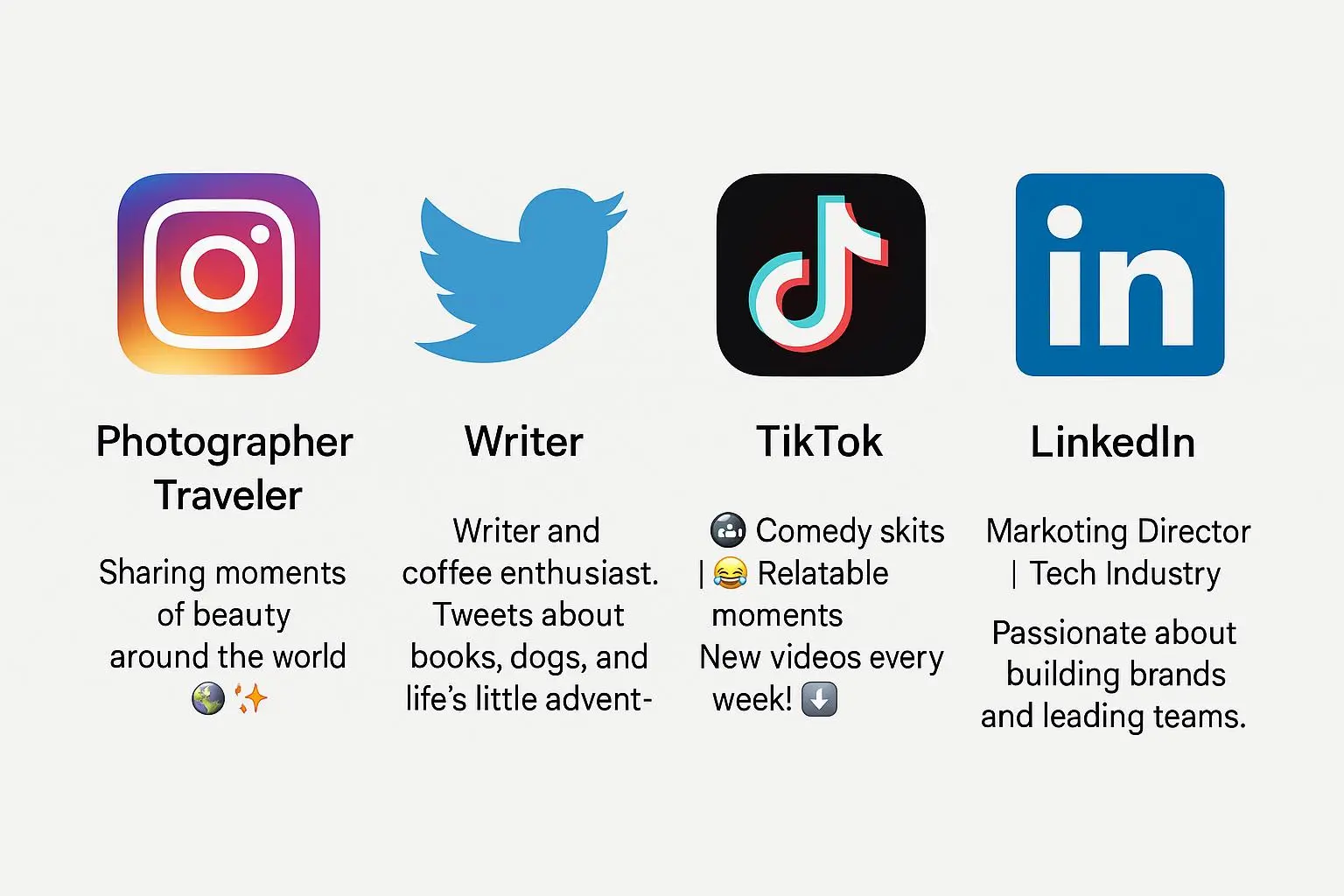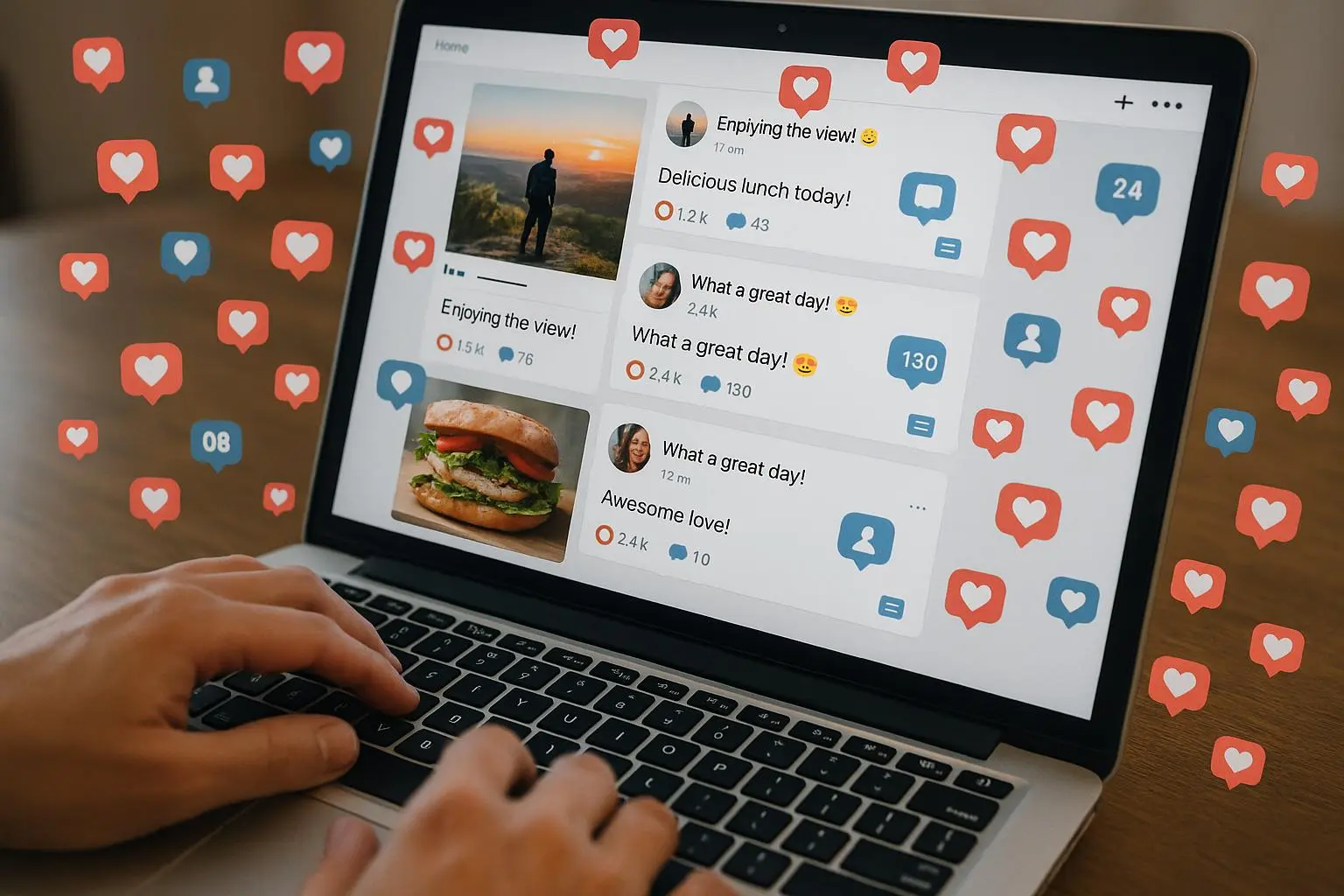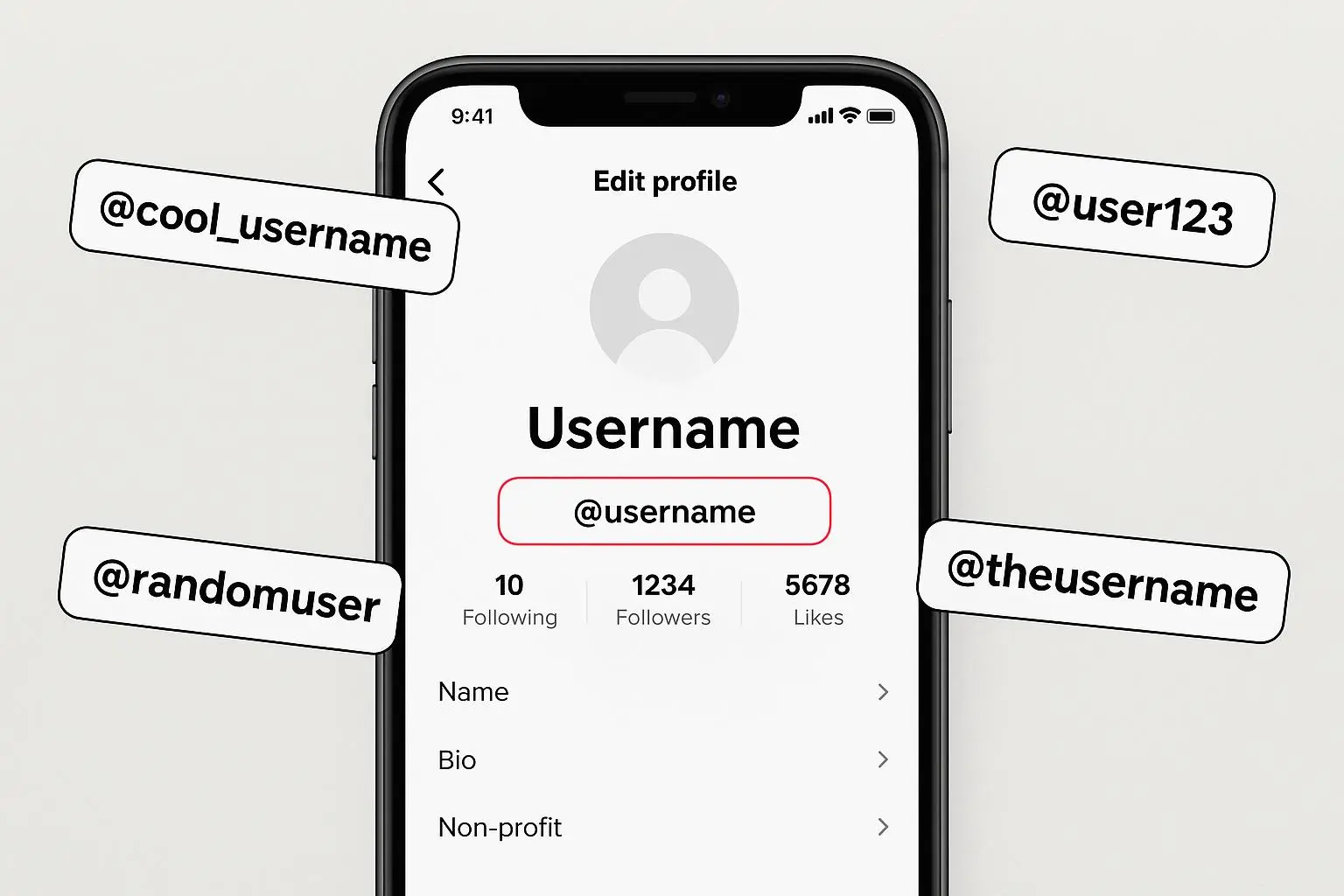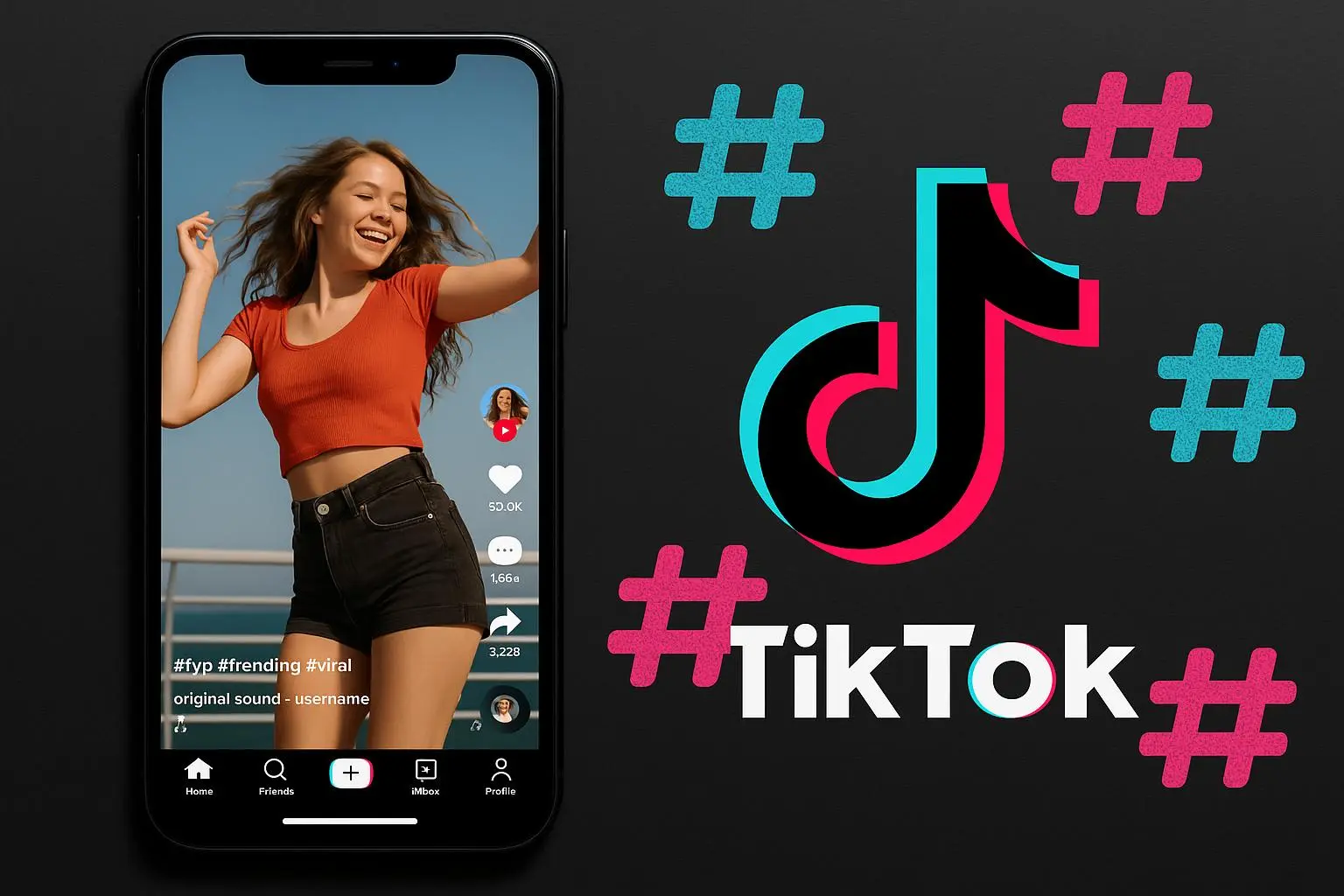
Create a Powerful Social Media Bio That Converts in Minutes
Published on 9/19/2025 • 6 min read
Your social media bio is often the first actual sentence someone reads about you online — and just a few words can open doors, spark curiosity, or close them instantly. I still remember tightening my LinkedIn headline to a clearer, outcomes-focused statement: within three weeks my inbox filled with five thoughtful messages from recruiters and potential clients who actually understood what I did. A well-crafted bio is that simple and that powerful.
In this guide I walk you through universal rules that make bios work across platforms, platform-specific tweaks that matter, and a short testing playbook so your bio keeps doing its job. You’ll find examples that worked for me, mistakes I learned from, and practical templates you can adapt in minutes.
Why your bio deserves more than a quick jot
People decide to follow, connect, or hire you in seconds. Your bio isn’t just a summary — it’s a promise. It sets expectations about what you’ll post, your tone, and the value you offer. When my bios were vague, engagement felt random; after I tightened the message to show who I serve and the outcome I deliver, engagement became purposeful.
Your bio is also search real estate. Most platforms let users search profile text. A few smart keywords make you findable by people actively looking for what you offer.
Think of your bio as the digital version of a handshake: firm, clear, and intentional.
The core components of a killer bio (that work everywhere)
When I edit a bio I check for these essentials. Include them and you’ll cover the basics on any platform.
- Identity + value
Answer: who are you and why should anyone care? Swap vague lines for a clear value proposition. Example: “I help solopreneurs double email open rates with simple copy tests.” That says what you do and who benefits.
When I switched my LinkedIn headline from a generic title to “growth marketer helping SaaS teams increase trial-to-paid conversion by 18–25%,” inbound messages moved from polite curiosity to business conversations.
- Personality
Bios shouldn’t be robotic. Are you witty, earnest, authoritative, or playful? Word choice, punctuation, and an emoji can signal tone instantly. I use a touch of warmth and a single emoji on Instagram—enough to be human, not distracting.
- Keywords
Use search terms your audience would use. If you’re a “product designer,” include that exact phrase. If you’re a “vegan baker” or a “SaaS founder,” name it. This isn’t keyword stuffing — it’s natural language that helps discovery.
- Clear call-to-action (CTA)
Tell people what to do next. Match the CTA to your top goal: grow subscribers, sell a product, or invite DMs. I tested CTAs and found “Subscribe for weekly micro-lessons” converted roughly 2–3x better than vague encouragements like “follow for more.”
- Link
Use that link. A single, well-chosen destination (site, Link-in-Bio, lead magnet) turns curiosity into action.
Platform-by-platform: translate the core components
Different platforms reward different behaviors. Here are concise, practical changes I make for each.
LinkedIn — your headline is a billboard
- Character limit: ~220 for headline.
- Vibe: professional, outcome-focused.
LinkedIn is highly searched by professionals and recruiters. Use the headline to show role + unique value. Replace buzzwords with concrete outcomes.
Good: Senior Data Scientist @ Innovate Inc. | ML & AI | Turning complex data into business insights
Bad: Synergistic thought leader actively seeking new challenges
If possible, include one measurable benefit (e.g., reduced churn by 12% in six months). Use About for a slightly more narrative bio with CTA and link.
Instagram — scannable and visual
- Character limit: 150.
- Vibe: creative, personality-driven.
Formatting matters as much as words. Line breaks, emojis, and a short CTA make the bio scannable. Use the single link wisely.
Good: NYC-based Interior Designer 🛋️
Creating beautiful, functional spaces.
As seen in @ArchDigest
👇 Book a consultation!
Bad: Lover of life, travel, and food. Living my best life.
A founder credit (Founder @Brand) increases credibility. Short press mentions build trust fast.
X (Twitter) — punchy and clear
- Character limit: 160.
- Vibe: conversational and topical.
Tell people what you’ll tweet about. Mention roles and topics. Hashtags/mentions connect you to communities.
Good: I write about tech, startups, and the future of work. 🚀 Host of 'Next Big Thing' podcast. DMs open for collabs.
Bad: Just a regular person with thoughts and opinions.
TikTok — super short, very specific
- Character limit: 80.
- Vibe: authentic and trend-forward.
Be direct: state the content type and a contact method if needed. Emojis save space and add personality.
Good: Daily silly science experiments 🧪🔬
Biz inquiries: name@email.com
👇 Shop my lab kit!
Facebook (Business Page) — customer-focused
- Character limit: 255 for preview.
- Vibe: informative and local-friendly.
For businesses include what you sell, your mission, and practical info (address, hours). Make it inviting, not a sales pitch.
Good: The official page for The Corner Bookstore. Family-owned, curated fiction, non-fiction, and kids’ books. Come say hi! 📍123 Main St.
Bad: We are a business that sells things. Our store is open.
Practical formulas, templates, and examples
I draft bios with this formula: Role/identity + niche + value/outcome + CTA/link. That keeps every word purposeful.
Templates to adapt:
- [Role] who [what you do] for [audience]. [Key result or product]. [CTA]
- [Niche] creator | [What you share] | [Cred or result] | [CTA]
- Founder of @[brand] — [what brand does]. [As seen in…] [CTA]
Examples:
- LinkedIn: Product Designer helping fintech startups launch user-tested flows that reduce onboarding churn by 20% | Open to advisory
- Instagram: Product Designer 🧩
I simplify fintech onboarding — 20% lower churn.
Portfolio ↓ - X: Designing simpler onboarding for fintech 🚀 Sharing UX tips, case studies, and progress notes.
Keep the core message consistent and adapt tone and detail for each platform.
Common mistakes I’ve made (and how to avoid them)
- Trying to be everything to everyone. Pick one or two core things you want to be known for.
- Overusing buzzwords. Replace “thought leader” or “guru” with tangible outcomes.
- Neglecting the CTA. A curious visitor without direction rarely converts.
- Forgetting to update. I refresh mine every quarter.
- Ignoring search terms. Use language your audience uses, not only internal jargon.
I once had an outdated LinkedIn title for almost a year; after updating to an accurate service-oriented headline, I received six inbound consulting requests in two months.
How to test and iterate your bio: a mini-playbook
Treat your bio like a small experiment. Here’s the exact process I use, with tracking suggestions.
Step 1 — Define the goal (1–2 minutes)
- Decide your top objective: followers, leads, signups, or sales.
- Pick one KPI to track (link clicks, DM inquiries, profile visits, conversion rate).
Step 2 — Create 2–3 variations (10–20 minutes)
- Change only one variable per version: tone, CTA, or headline.
- Example variations: strong outcome CTA vs. curiosity CTA; emoji vs. no emoji.
Step 3 — Run the test (2–4 weeks)
- Publish variation A for 2 weeks, then swap to B for 2 weeks.
- Track KPIs weekly. Aim for at least 200–500 impressions per variation for meaningful signals.
Step 4 — Measure and iterate (ongoing)
- Compare KPIs: clicks, DMs, follows-per-impression, and conversion rate.
- Choose the better performer and refine language; retest if effect size is small.
Concrete A/B test example (realistic result)
Scenario: Instagram bio test for lead magnet signups.
- Goal: increase email signups from bio link.
- KPI: link click-through rate (CTR) and conversion rate on landing page.
- Variation A: “Free 5-step launch checklist 👇” (explicit CTA)
- Variation B: “Growth checklist for early-stage founders” (curiosity CTA)
Results after 4 weeks (sample):
- A: 320 profile visits, 48 link clicks (CTR 15%), 12 signups (conversion 25% on landing)
- B: 310 profile visits, 28 link clicks (CTR 9%), 8 signups (conversion 29%)
Analysis: Variation A drove higher CTR and equal quality signups. Net gain: +20 clicks and +4 signups — a clear win for the explicit CTA.
What to do if analytics are limited or unavailable
- If platform link analytics are blocked or limited, use a UTM-tagged short link or a simple redirect page under your control to capture clicks.
- If you can’t change formatting (some org-managed pages), prioritize the words that appear in previews and search (first 120 characters on many platforms).
- If impressions are low, extend test duration or use paid promotion to accelerate data collection.
Tools I actually use (neutral phrasing)
- Bio generators: Good for inspiration when stuck. Try several generators to spark phrasing ideas, then edit until it sounds like you.
- Link-in-bio services: Use a simple custom landing page to keep your single link useful across projects.
- Character counters: Paste your bio to ensure it fits platform limits.
- Emoji libraries: Emojis add personality and save characters; use them sparingly.
Examples you can borrow and adapt
Replace bracketed parts to fit your details:
- Freelancers: Freelance [designer/writer] helping [startups/creators] launch [websites/podcasts] that convert. DM for rates.
- Startup founders: Founder @[brand] | Building [product] to help [audience] [benefit]. Investor & mentor.
- Creatives: [City]-based [photographer/artist] 📸
I capture [style/subject]. Prints & bookings ↓ - Educators: Teaching [subject] to [audience] with practical, bite-sized lessons. Subscribe for weekly tips.
Little details that make big differences
- Use vertical bars (|) or emojis to separate ideas when space is tight.
- A short “As seen in” line builds credibility quickly.
- Use contact email fields when available; on LinkedIn, use the contact section instead of the headline for email.
- If you manage multiple accounts, keep the core message consistent and adjust tone per platform.
The micro-moment
One small tweak I tested last quarter made a surprising difference: I added a tiny line break before my CTA on Instagram, so the call-to-action sits on a separate line and catches the eye more easily. The result was a visible bump in link clicks over two weeks, and it felt natural, not gimmicky. It’s a reminder that tiny layout choices can shift attention without changing the words.
The human + system advantage
A good bio is human, not robotic, and a little systematized care makes it repeatable. I rely on a simple-role/benefit formula, then let data guide tweaks. Your voice should still shine through; AI can help you surface what matters, not replace your personality.
Your bio is a living document. Update it quarterly, test a new variation, and track the signal you care about most. Small changes compound into clearer, more actionable outcomes over time.
Ready to put it into practice?
Start with one platform you care about most. Draft two variants using the role + niche + value + CTA formula. Publish, measure, and iterate. If you want, I can help tailor a mini-playbook for LinkedIn or Instagram based on your exact audience.
References
Ready to Optimize Your Dating Profile?
Get the complete step-by-step guide with proven strategies, photo selection tips, and real examples that work.


